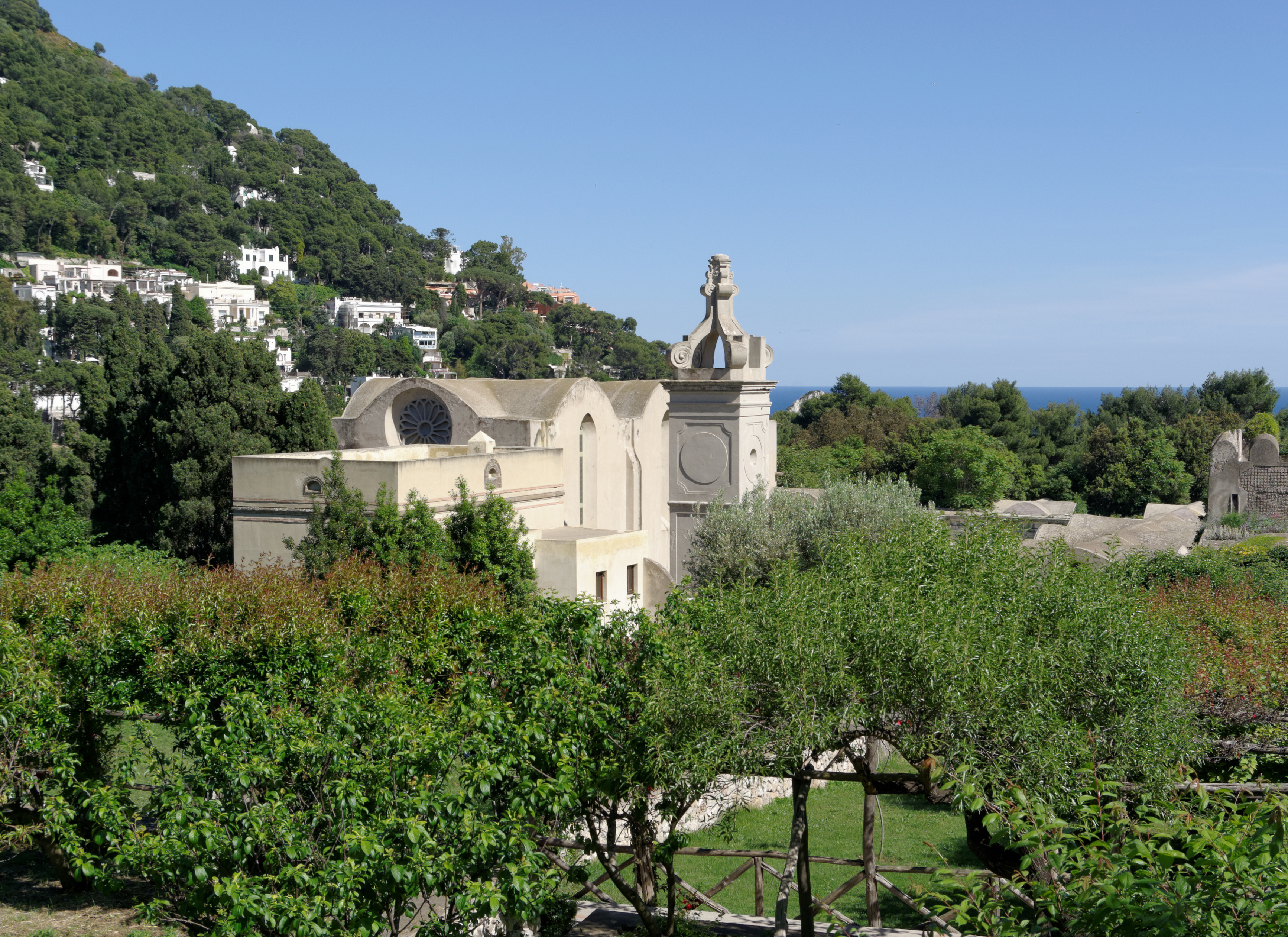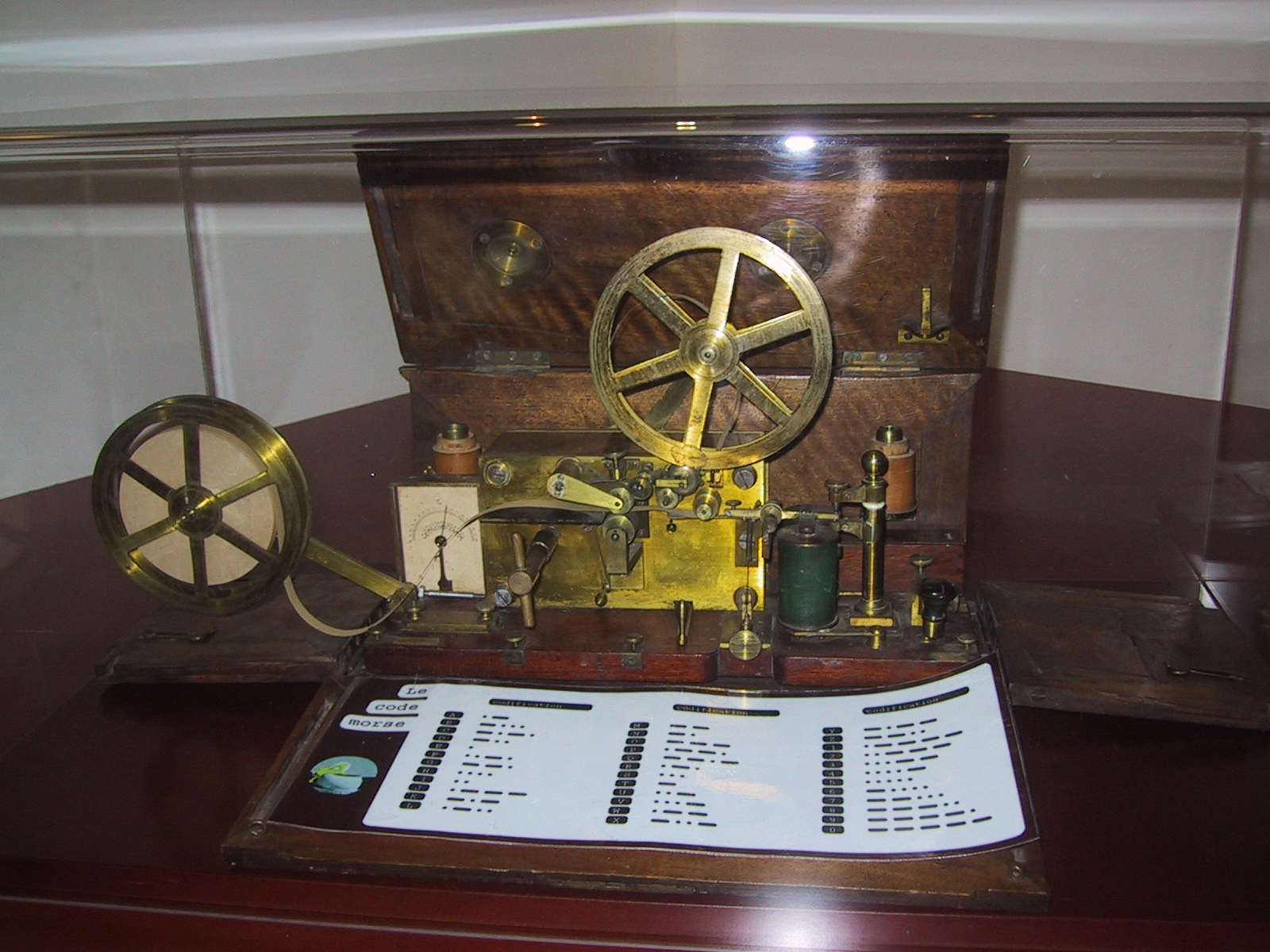|
Entdeckung Der Blauen Grotte Auf Der Insel Capri
''Entdeckung der blauen Grotte auf der Insel Capri'' (Discovery of the Blue Grotto on the Isle of Capri) is an 1838 book by German writer and painter August Kopisch in which he describes his 1826 rediscovery of the Blue Grotto in Capri together with his friend Ernest Fries. The book sparked interest in the island among the Romantics, particularly in Germany, and introduced the world to the Blue Grotto, both as a tourist sight and as an iconic symbol for the island. Description In the book Kopisch describes how he met and became friends with local notary Don Giuseppe Pagano, who told him about the existence of a grotto that the locals presumably knew about but did not enter because of superstition. Swimming inside, he not only noticed the deeply saturated blue color of the water, but also found remains that suggested the grotto had been used by Romans Roman or Romans most often refers to: *Rome, the capital city of Italy *Ancient Rome, Roman civilization from 8th century BC to 5 ... [...More Info...] [...Related Items...] OR: [Wikipedia] [Google] [Baidu] |
Jakob Alt
Jakob Alt (27 September 1789 – 30 September 1872) was a German painter and lithographer. Life Alt was the son of Barbara Alt, née Horst, and Frankfurt carpenter Johann Leonhart Alt. He was born at Frankfurt am Main in 1789, where he received his early artistic education. Later he moved to Vienna and entered the Academy. He soon became noted as a landscape painter and made various journeys throughout Austria and Italy, painting, as he went along, views in the neighborhood of the Danube and in the city of Vienna. In later life Alt painted a lot in watercolor; he was also a lithographer. In 1830 the future Emperor Ferdinand I of Austria began a project to commission paintings of the most beautiful views in the Empire. Alt, and his eldest son, Rudolf von Alt painted about 170 of the 300 works executed before the scheme came to an end in 1849. Alt's extensive herbarium is now in the Lower Austrian State Museum . He died in Vienna in 1872. Gallery File:Jakob Alt - Die Blaue ... [...More Info...] [...Related Items...] OR: [Wikipedia] [Google] [Baidu] |
August Kopisch
August Kopisch (26 May 1799 – 6 February 1853) was a German poet and painter. Biography Kopisch was born on 26 May 1799 in Breslau, Prussia (now Wrocław, Poland). In 1815 he began studying painting at the Prague academy, but an injury to his hand damaged his prospects of success as an artist, and he turned to literature. After residences in Dresden and Vienna Kopisch proceeded in 1822 to Italy. At Naples he became close friends with the poet August von Platen-Hallermünde; and when out swimming he and the painter Ernst Fries discovered the " Blue Grotto" of Capri. In 1828 he settled at Berlin and was granted a pension by Frederick William IV of Prussia, who in 1838 conferred upon him the title of professor. In 1847 he moved to Potsdam and wrote an account of royal residences there and in the neighborhood. He died on 6 February 1853 at Berlin. Works Kopisch produced some original poetry, light in language and in form. He specialised in re-telling legends and popu ... [...More Info...] [...Related Items...] OR: [Wikipedia] [Google] [Baidu] |
Blue Grotto (Capri)
The Blue Grotto () is a sea cave on the coast of the island of Capri, southern Italy. Sunlight shining through an underwater cavity is reflected back upward through the seawater below the cavern, giving the water a blue glow that illuminates the cavern. The cave extends some into the cliff at the surface, and is about deep, with a sandy bottom. Access The cave is long and wide. The entry is wide and roughly high at low tide, making safe access possible only when tides are low and the sea is calm. To enter the grotto, visitors must lie flat on the bottom of a small four-person rowboat. The oarsman then uses a metal chain attached to the cave walls to guide the boat inside the grotto. In 2011 a visitor suffered a life-altering injury when his neck was broken while entering the cave. The Cooperativa Battellieri Grotta Azzurra initially denied liability but settled a damages claim. It was concluded that the boatmen had continued entering the cave when the sea conditions ... [...More Info...] [...Related Items...] OR: [Wikipedia] [Google] [Baidu] |
Capri
Capri ( , ; ) is an island located in the Tyrrhenian Sea off the Sorrento Peninsula, on the south side of the Gulf of Naples in the Campania region of Italy. A popular resort destination since the time of the Roman Republic, its natural beauty, historic sites, and upscale tourism have made it famous worldwide. The island is characterized by its rugged limestone landscape, sea stacks (Faraglioni), coastal grottoes including the renowned Blue Grotto (Capri), Blue Grotto, and high cliffs overlooking the sea. Notable features include the harbours of Marina Grande, Capri, Marina Grande and Marina Piccola, the panoramic Belvedere of Tragara, the ruins of Roman imperial villas such as Villa Jovis, and the towns of Capri (town), Capri and Anacapri, the latter situated higher up the slopes of Monte Solaro, the island's highest point. Administratively, Capri is part of the Metropolitan City of Naples within the Campania region. The island is divided into two municipalities (''comuni''): ... [...More Info...] [...Related Items...] OR: [Wikipedia] [Google] [Baidu] |
Romanticism
Romanticism (also known as the Romantic movement or Romantic era) was an artistic and intellectual movement that originated in Europe towards the end of the 18th century. The purpose of the movement was to advocate for the importance of subjectivity and objectivity (philosophy), subjectivity, imagination, and appreciation of nature in society and culture in response to the Age of Enlightenment and the Industrial Revolution. Romanticists rejected the social conventions of the time in favour of a moral outlook known as individualism. They argued that passion (emotion), passion and intuition were crucial to understanding the world, and that beauty is more than merely an classicism, affair of form, but rather something that evokes a strong emotional response. With this philosophical foundation, the Romanticists elevated several key themes to which they were deeply committed: a Reverence (emotion), reverence for nature and the supernatural, nostalgia, an idealization of the past as ... [...More Info...] [...Related Items...] OR: [Wikipedia] [Google] [Baidu] |
Ancient Rome
In modern historiography, ancient Rome is the Roman people, Roman civilisation from the founding of Rome, founding of the Italian city of Rome in the 8th century BC to the Fall of the Western Roman Empire, collapse of the Western Roman Empire in the 5th century AD. It encompasses the Roman Kingdom (753–509 BC), the Roman Republic (50927 BC), and the Roman Empire (27 BC476 AD) until the fall of the western empire. Ancient Rome began as an Italic peoples, Italic settlement, traditionally dated to 753 BC, beside the River Tiber in the Italian peninsula. The settlement grew into the city and polity of Rome, and came to control its neighbours through a combination of treaties and military strength. It eventually controlled the Italian Peninsula, assimilating the Greece, Greek culture of southern Italy (Magna Graecia) and the Etruscans, Etruscan culture, and then became the dominant power in the Mediterranean region and parts of Europe. At its hei ... [...More Info...] [...Related Items...] OR: [Wikipedia] [Google] [Baidu] |
Capri, Campania
Capri is an Italian island in the Gulf of Naples. Capri or CAPRI may also refer to: Arts and entertainment * ''Capri'' (TV series), an Italian television series * Capri Records, a short-lived record label based in Texas * Capri Records (Jazz record label) founded in 1984 and currently active * The Capris, an Italian-American doo-wop group * The Capris (Los Angeles group), a 1960s African-American doo-wop group from Los Angeles * The Capris (Philadelphia group), a group from Philadelphia, formed in 1953 * The Capris, a group that recorded with Doris Browne Ford Motor Company cars * Ford Capri, a European-built automobile from 1969 through 1987, sold in the United States as the "Capri" * Lincoln Capri, a model from the 1950s * Mercury Capri, a version of the Ford Mustang marketed under the Mercury marque in the United States from 1979 through 1986 * Ford Capri (Australia), an Australian Ford Capri convertible, from 1989 through 1994 and sold in the United States as the Mer ... [...More Info...] [...Related Items...] OR: [Wikipedia] [Google] [Baidu] |
1838 Books
Events January–March * January 10 – A fire destroys Lloyd's Coffee House and the Royal Exchange in London. * January 11 – At Morristown, New Jersey, Samuel Morse, Alfred Vail and Leonard Gale give the first public demonstration of Morse's new invention, the telegraph. * January 21 – The first known report about the lowest temperature on Earth is made, indicating in Yakutsk. * January 23 – A 7.5 earthquake strikes the Romanian district of Vrancea causing damage in Moldavia and Wallachia, killing 73 people. * February 6 – Boer explorer Piet Retief and 60 of his men are massacred by King Dingane kaSenzangakhona of the Zulu people, after Retief accepts an invitation to celebrate the signing of a treaty, and his men willingly disarm as a show of good faith. * February 17 – Weenen massacre: Zulu impis massacre about 532 Voortrekkers, Khoikhoi and Basuto around the site of Weenen in South Africa. * February 24 – U.S. Representatives William J. Graves of ... [...More Info...] [...Related Items...] OR: [Wikipedia] [Google] [Baidu] |
Campania In Fiction
Campania is an administrative region of Italy located in Southern Italy; most of it is in the south-western portion of the Italian Peninsula (with the Tyrrhenian Sea to its west), but it also includes the small Phlegraean Islands and the island of Capri. The capital of the region is Naples. Campania has a population of 5,575,025 as of 2025, making it Italy's third most populous region, and, with an area of , its most densely populated region. Based on its GDP, Campania is also the most economically productive region in Southern Italy and the 7th most productive in the whole country. Naples' urban area, which is in Campania, is the eighth most populous in the European Union. The region is home to 10 of the 58 UNESCO sites in Italy, including Pompeii and Herculaneum, the Royal Palace of Caserta, the Amalfi Coast, the Longobardian Church of Santa Sofia in Benevento and the Historic Centre of Naples. In addition, Campania's Mount Vesuvius is part of the UNESCO World Network of B ... [...More Info...] [...Related Items...] OR: [Wikipedia] [Google] [Baidu] |






